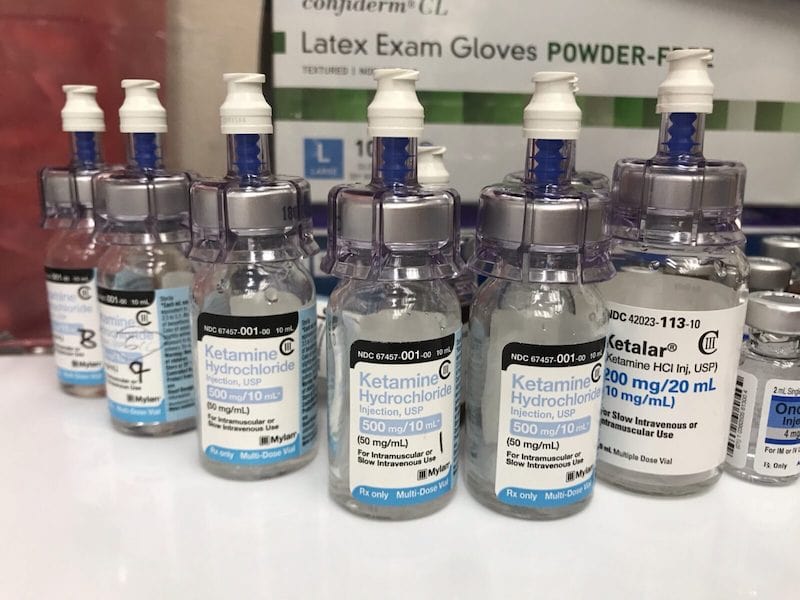
As a clinical mental health counseling student at Rocky Mountain University of Health Professions in Provo, Utah, I have been researching the benefits and risks of ketamine treatment. What I have found is that numerous people are, indeed, finding relief from their depression with the treatments. Treatments are held in clinical settings, typically with a choice of comfortable chairs and headphones. A nurse practitioner or an anesthesiologist, sometimes both, are present during the administration of the ketamine and throughout the treatment.
There is an immediate disassociation that happens when ketamine is administered that is best explained as having an out of body experience, as if the mind and body are two separate entities. I have heard differing reports of the actual experiences that are had during this period of disassociation.
Some people have stated that they have interesting and insightful experiences and others have expressed that they have been drawn into darkness that has been frightening and negative. Of all the people I talked to about their experiences, all but one reported a positive overall experience.
Ketamine treatment for depression is an increasingly popular option for those who suffer with the debilitating disease. This cost-effective method of treatment is meant to be used by those who have a history of using prescription medications, such as selective serotonin reuptake inhibitors (SSRIs), serotonin and norepinephrine reuptake inhibitors (SNRIs), mood stabilizers, and antipsychotics.
Historically, ketamine has been used as a sedative in medicine, as well as a hallucinogen in recreational use. Because of the “relaxed” and “happy” feelings that come as a result of using ketamine, it is proving to be effective in the treatment of depression and other mental health illnesses.
The recovery process after ketamine treatment varies from person to person. Some people reported that they were back to a normal state within a matter of hours, whereas others reported that it took a matter of days to fully recover from the effects. Some clinics will offer an antinausea prior to the treatment to reduce residual side effects. Nausea was the most common after effect that was reported, as well as a feeling of being “hungover” for a period of time.
There are, however, important risks that should be considered. First and foremost, clinics in the Salt Lake valley who are offering ketamine treatment are using intravenous, oral, and intranasal methods of administration. The only method of administration that is currently approved by the FDA for treatment of depression is intranasal.
The question then arises about how ketamine treatment clinics can legally use other methods. The answer is that ketamine, in other forms, is still legal, it just has not been proven and approved to be safe for treatment of depression by the FDA. Simply put, these ketamine treatments are experimental. The medical and psychology sciences are working together to find an effective treatment for depression, anxiety, and other mental health illnesses.
Another important factor to consider are the effects of long-term use of ketamine. In my research I did not find a timeline that clinics are using as a baseline for beneficial results. If used for long periods of time, ketamine can increase the symptoms of depression, anxiety, and PTSD. There is also evidence that shows that ketamine has addictive qualities and used long-term may create dependencies and withdrawal symptoms can be present when use is discontinued.
All things considered, my conclusion is this: I do believe that ketamine treatments for depression can be and are effective and beneficial, however, I don’t believe it should be the first line of defense against depression, at least not until there are more studies, research, and results to rely on. Used in combination with traditional therapeutic treatments models, there is potential for ketamine to be another life-changing option for mental health treatment.





